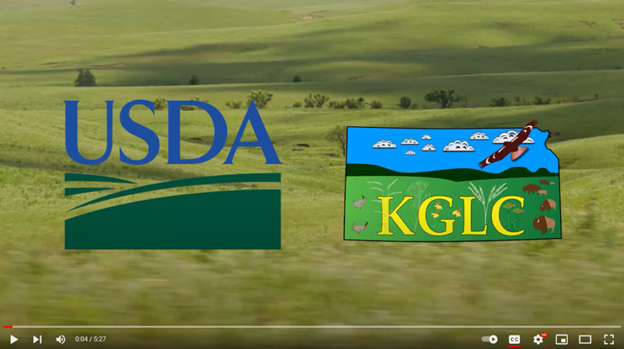Kansas Conservation Series: Pasture Burning Practices in Flint Hills Region
(Washington, D.C., March 17, 2023) – U.S. Senator Roger Marshall, M.D. is continuing his weekly storytelling series highlighting Kansans’ voluntary efforts to take better care of the environment. Stories will be released throughout the 2023 Farm Bill legislative process on Fridays.
“While we hold hearings for the 2023 Farm Bill, I want to highlight the fact that Kansans are working hard every day to protect our environment and conserve precious resources our ag economy needs to thrive. Kansas’ farmers, ranchers, growers, and producers are finding unique and practical ways to preserve our land and protect our water and air. Their efforts are worthy of everyone’s praise,” said Senator Marshall.
The third story highlights burning practices from ranchers, like Joe Carpenter, in the Flint Hills as controlled burning of pastures continues ahead of the start of the summer grazing season. With the Flint Hills being the last remaining tallgrass ecosystem in the United States, it is imperative landowners preserve the landscape and ecosystem. Ranchers, including Joe, use fire to do that. Everything in the Flint Hills, from the animals, grass, shrubs, and trees, has been shaped by fire. For thousands of years, tribes set fire to the prairies to kill invasive species and encourage the growth of new grass, which attracted bison to the area for hunting. The need for the fires continues today – plants, animals, and the economy still depend on it.
Tallgrass prairie once covered 170 million acres of North America. Stretching from Texas to Canada and all the way into Ohio without a tree in sight. Today less than 4% remains intact, most of it in the Kansas Flint Hills. Without routine fire, the Flint Hills would disappear. You may click HERE or on the image below to learn more about burning season in the Flint Hills.
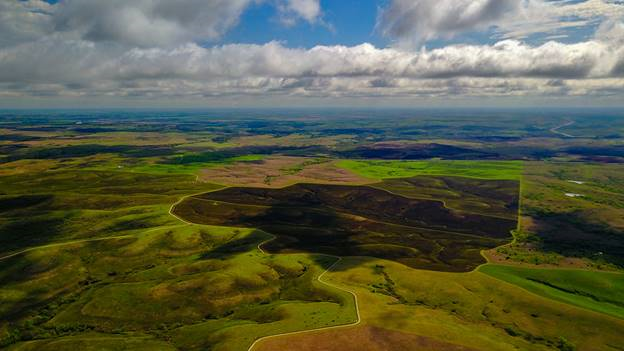
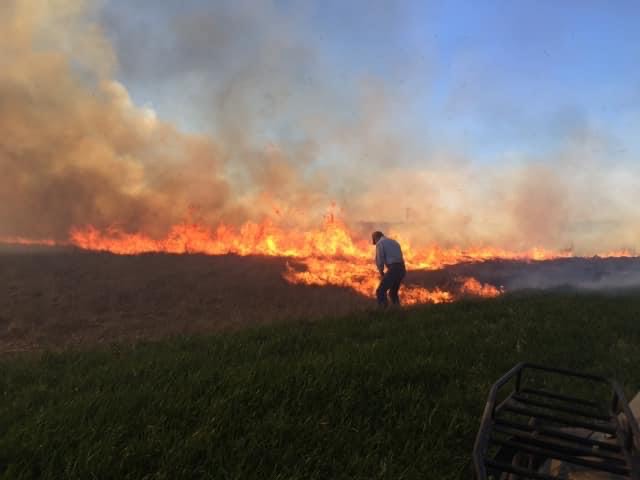
Previous Entries in Senator Marshall’s Kansas Conservation Series:
March 10, 2023, Mr. Ray Flickner: Ray Flickner a fifth-generation farmer from McPherson County. On their 147-year-old farm, Ray and his wife Susan grow irrigated corn, soybeans, sorghum and wheat. Ray was practicing regenerative agriculture for many decades before it became mainstream in the Kansas agriculture community. In doing so, he is leaving the soil in better condition for the future through practices like minimum and conservation tillage, subsurface drip irrigation, and cover crops.
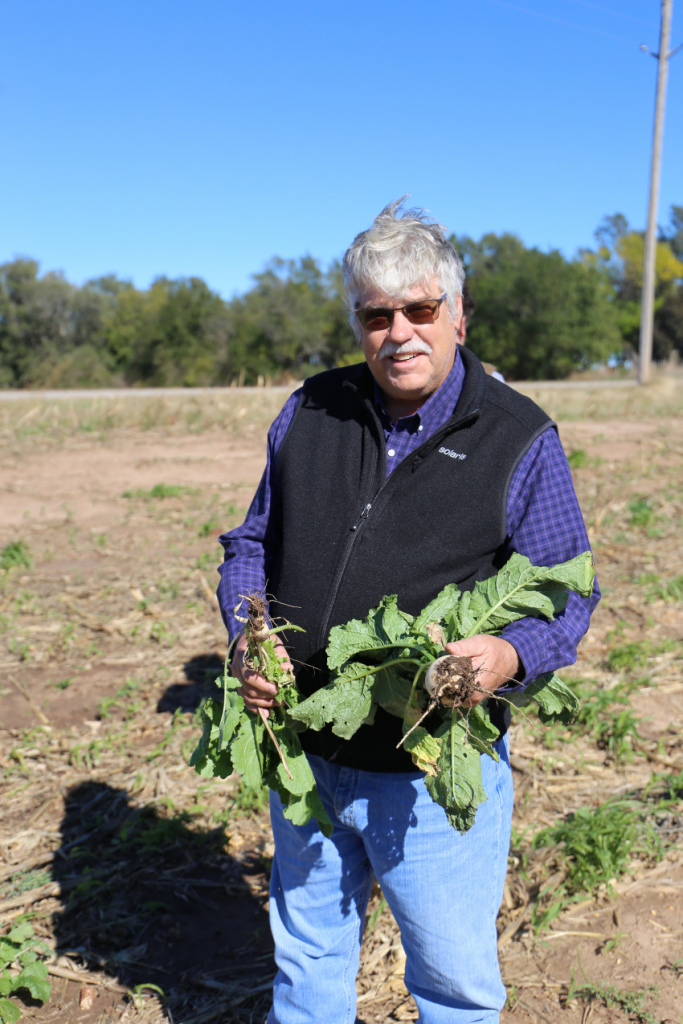
March 3, 2023, Mr. Randall Karr: Randall is a 5th generation farmer who works alongside his father while managing his own acreage. Growing up, he watched his grandfather pioneer new practices, including terraces and no-till farming. Randall utilizes several conservation practices on his farm north of Emporia, including cover crops to minimize soil erosion, no-till planting and weed management, and rotational grazing with his meat goat herd to control weeds and add nutrients back into the soil. In February, Randall was honored by the Lyon/Chase County conservation district with the 2022 Young Conservation Award.
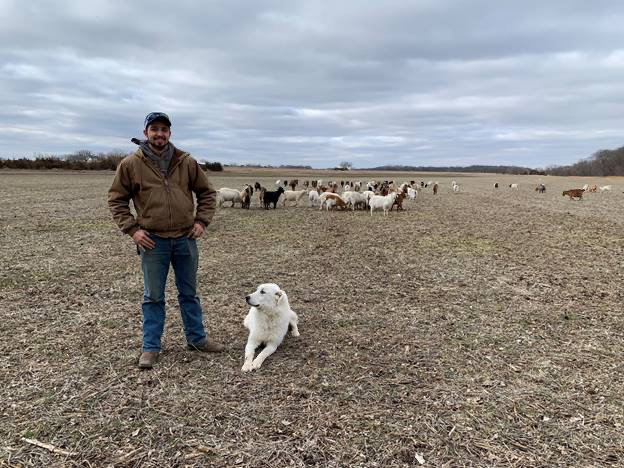
February 23, 2023, United States Department of Agriculture’s (USDA) Kansas Great Plains Grassland Initiative (GPGI): Kansas’ transition from productive grassland to woody plant dominance presents a threat to livestock production and increases the chance of dangerous wildfires. The GPGI is partnering with Kansas’ ranchers to protect natural grasslands by offering financial support and treatment strategies for addressing woody plant encroachment. In Southeast Kansas, the Browning family has utilized the GPGI to restore grassland. You may click HERE or on the image below to hear their story.
